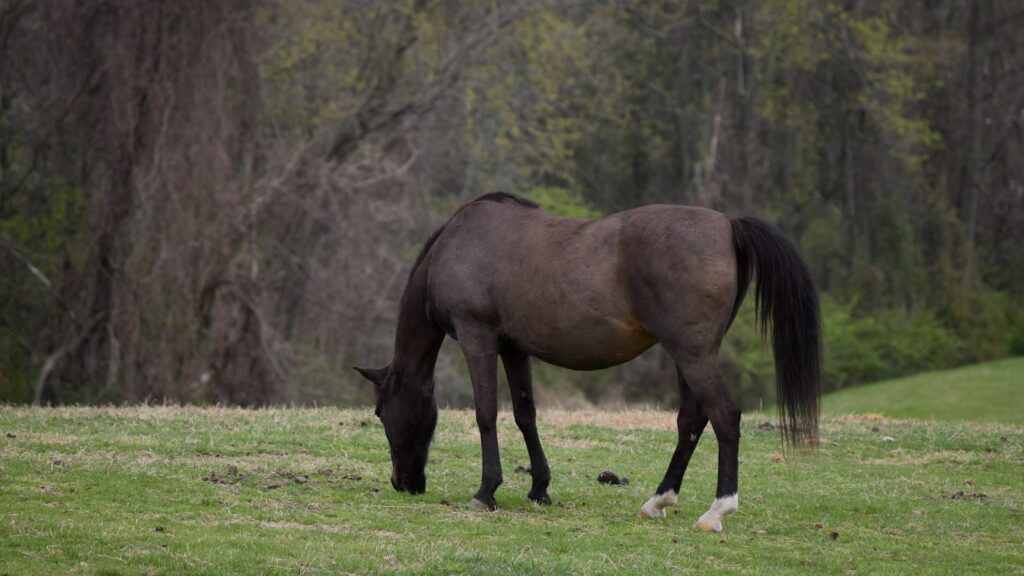Feeding horses correctly based on their workload is essential for maintaining optimal health and performance. Light work generally includes recreational riding, basic schooling, or light hacking for 1-3 hours several times per week. These horses need a balanced diet that meets their nutritional requirements without providing excess calories that could lead to weight gain and potential health issues. This article provides comprehensive guidance on adjusting your feeding program for horses in light work, helping you maintain your equine partner in peak condition while avoiding common nutritional pitfalls.
Understanding Light Work Classification

Light work for horses typically encompasses activities that don’t induce heavy sweating or extended physical exertion. This level of activity might include pleasure riding, light trail riding, beginning dressage, or occasional showing with minimal stress. Horses in this category generally work 1-3 hours per day, 3-5 days per week, with minimal sweating and elevated heart rate. Understanding your horse’s correct work classification is an essential first step in developing an appropriate feeding program, as misclassifying their workload could result in either insufficient nutrition or overfeeding. Many horse owners tend to overestimate their horse’s work level, which often leads to unnecessary caloric intake and subsequent weight gain.
Assessing Your Horse’s Current Condition
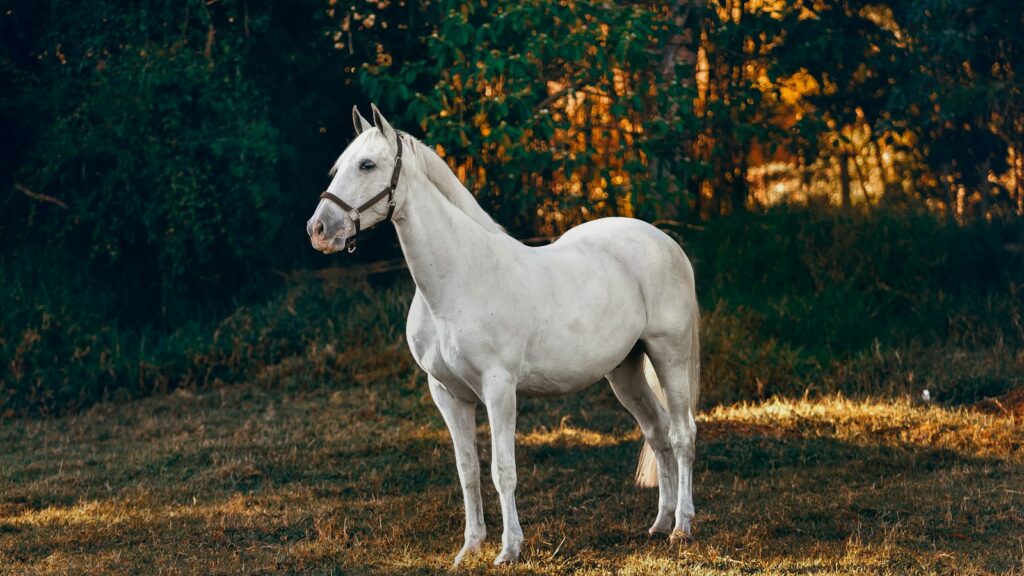
Before making any adjustments to your horse’s diet, it’s crucial to evaluate their current body condition score (BCS). The Henneke Body Condition Scoring System, which ranges from 1 (emaciated) to 9 (extremely obese), offers a standardized method for assessing your horse’s fat coverage and overall condition. For a horse doing light work, the ideal BCS typically falls between 4 and 5.5, representing a moderate, healthy condition. Regular assessment allows you to notice subtle changes before they become problematic and helps you determine whether your current feeding program is appropriate. When evaluating your horse, pay particular attention to fat deposits along the neck crest, withers, behind the shoulders, over the ribs, and around the tailhead.
Calculating Basic Caloric Requirements

Horses in light work require approximately 15-20% more calories than horses at maintenance levels, depending on the frequency and intensity of their work schedule. A typical 1,100-pound (500 kg) horse at light work needs roughly 20-25 Mcal of digestible energy daily, compared to about 16-18 Mcal for the same horse at maintenance. Several factors beyond work level can influence caloric needs, including individual metabolism, environmental conditions, age, and health status. Cold weather, for instance, can increase caloric requirements by 10-20% as horses burn more energy to maintain body temperature. Calculating your horse’s basic energy requirements provides the foundation for developing an appropriate feeding program that will maintain optimal weight and support their activity level.
Forage as the Foundation
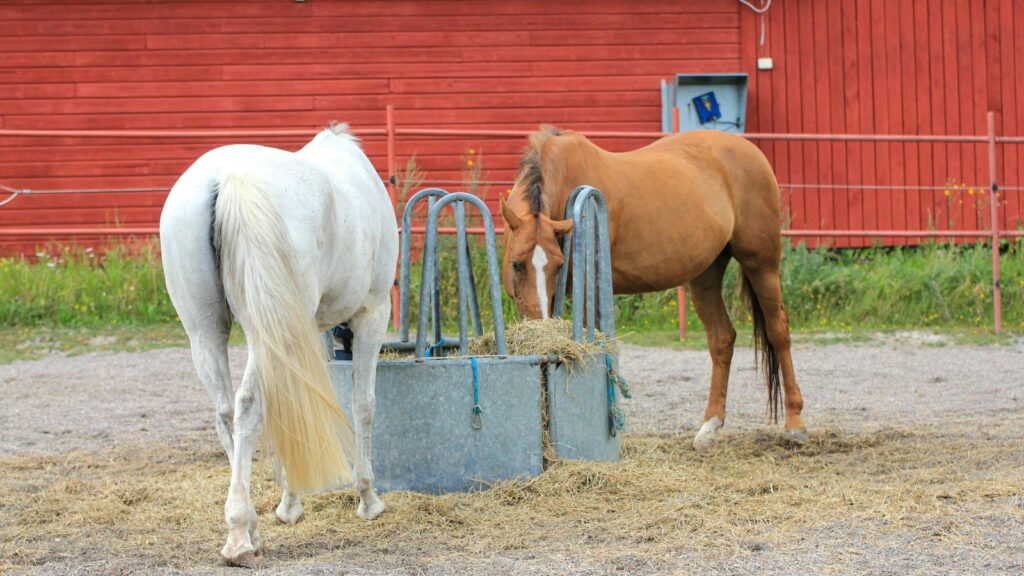
Quality forage should constitute the cornerstone of any equine diet, typically providing 1.5-2% of the horse’s body weight daily. For a 1,100-pound horse in light work, this translates to approximately 16.5-22 pounds of hay or equivalent pasture daily. Good quality grass hay often provides sufficient energy for horses in light work, while maintaining gut health and satisfying the horse’s natural grazing behavior. Legume hays such as alfalfa contain more calories, protein, and calcium, which may exceed the requirements of lightly worked horses unless fed in limited amounts or mixed with grass hay. Implementing slow-feeding methods, such as small-hole hay nets or multiple small meals, helps mimic natural feeding patterns and improves digestion while preventing boredom.
Selecting Appropriate Concentrates
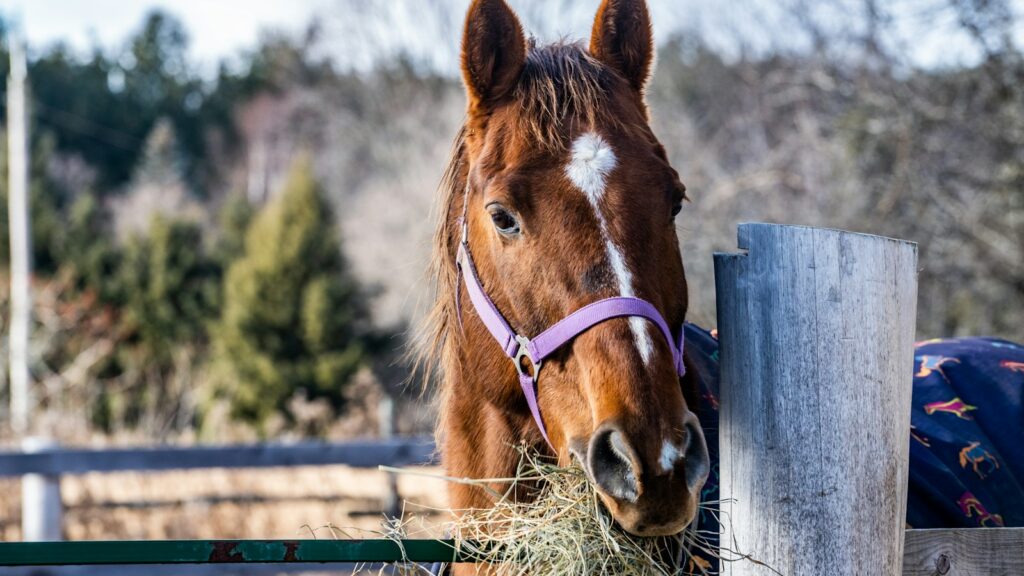
Many horses in light work can maintain proper condition on forage alone, especially if the forage is of high quality. However, if additional calories are needed, choose concentrates specifically formulated for light work or recreation, which typically contain 10-12% protein and moderate starch levels. Commercial feeds labeled “maintenance,” “recreational,” or “light work” are designed with appropriate nutrient levels for this work category. When feeding concentrates, follow the “minimum effective dose” principle, providing only what’s necessary to maintain proper weight and condition. For horses requiring minimal grain, consider a ration balancer product that supplies concentrated vitamins, minerals, and protein without excess calories, typically fed at just 1-2 pounds daily.
The Importance of Balanced Vitamins and Minerals
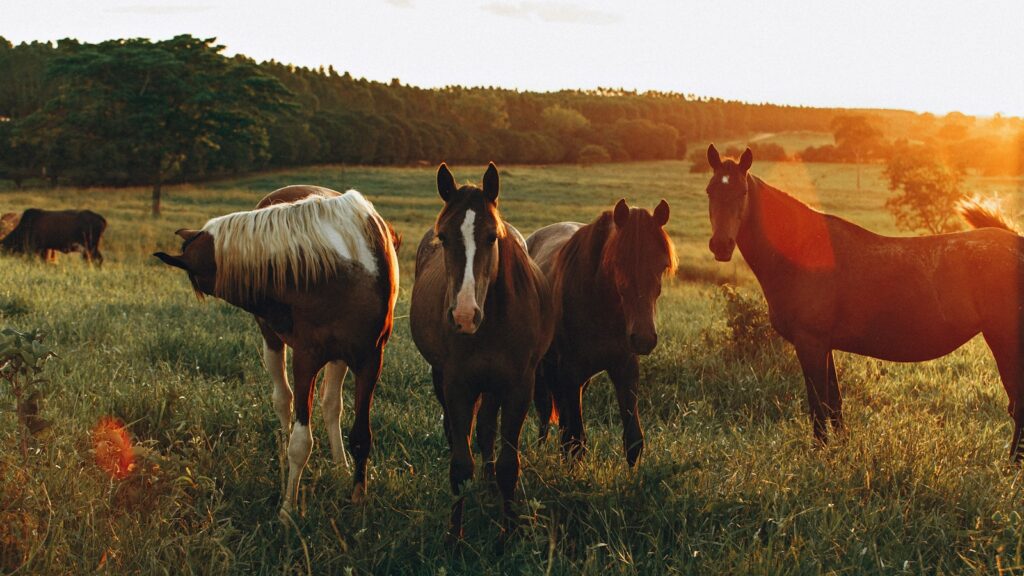
Even in light work, horses require a properly balanced intake of vitamins and minerals to support basic physiological functions and moderate exercise recovery. Essential minerals include calcium, phosphorus, sodium, potassium, and magnesium, while important vitamins include A, D, E, and the B complex vitamins. Forage alone may not provide balanced levels of these nutrients, particularly if grown in mineral-deficient soils. A comprehensive vitamin-mineral supplement or ration balancer can address these potential gaps without adding significant calories. For example, vitamin E requirements increase with exercise, as this antioxidant helps protect muscle cells from oxidative damage, while sodium and electrolyte needs rise with even light sweating.
Managing Protein Intake
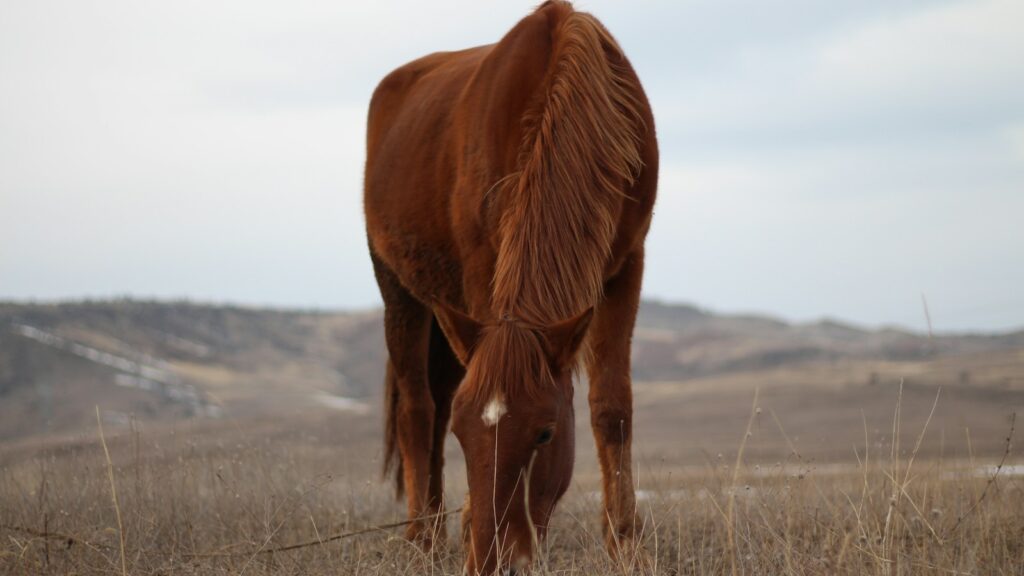
Horses in light work typically require 10-11% crude protein in their overall diet, slightly higher than maintenance levels but significantly lower than horses in intense training. Excess protein doesn’t translate to increased muscle development but instead creates additional metabolic waste that the kidneys must process and excrete. Good quality grass hay usually provides adequate protein for horses in light work, containing approximately 8-10% crude protein. If supplemental protein is needed, consider adding a small amount of alfalfa hay or a low-calorie protein supplement rather than high-calorie complete feeds. Monitoring your horse’s muscle tone, topline development, and overall condition will help determine if protein levels are appropriate for their individual needs.
Adjusting for Seasonal Changes
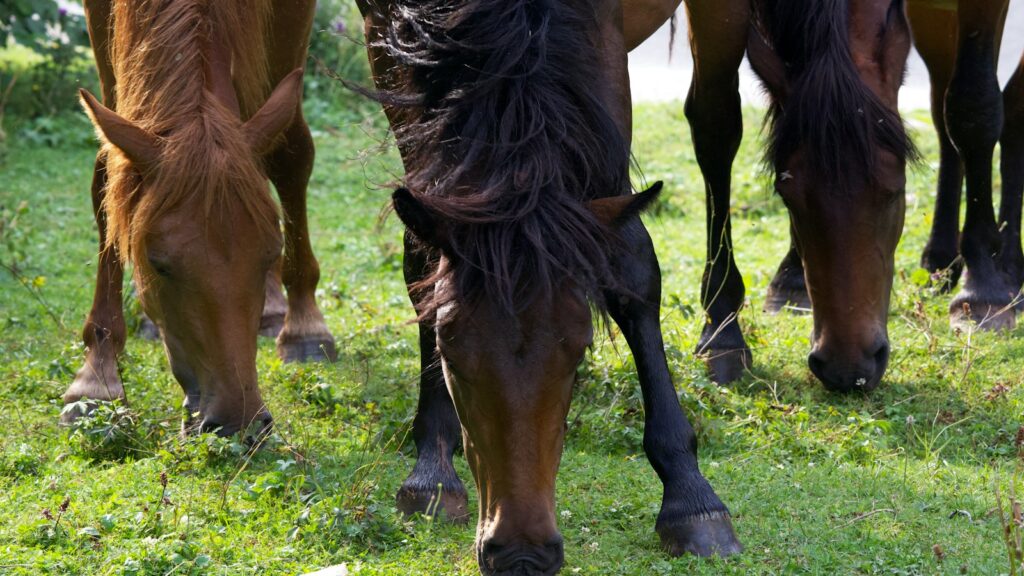
Seasonal variations significantly impact a horse’s nutritional requirements and should prompt regular feeding adjustments. During colder months, energy requirements may increase by 10-25% as horses burn calories to maintain body temperature, potentially requiring additional feed even though work levels may decrease. Conversely, spring and summer often bring lush pasture growth that can provide excessive calories if grazing isn’t regulated, especially when combined with concentrated feeds. Consider adjusting both forage and concentrate amounts seasonally, potentially reducing concentrates during peak pasture season or increasing them during harsh winter conditions. Additionally, monitor water intake carefully during extreme temperatures, as dehydration can impact digestion and nutrient utilization.
The Role of Supplementation
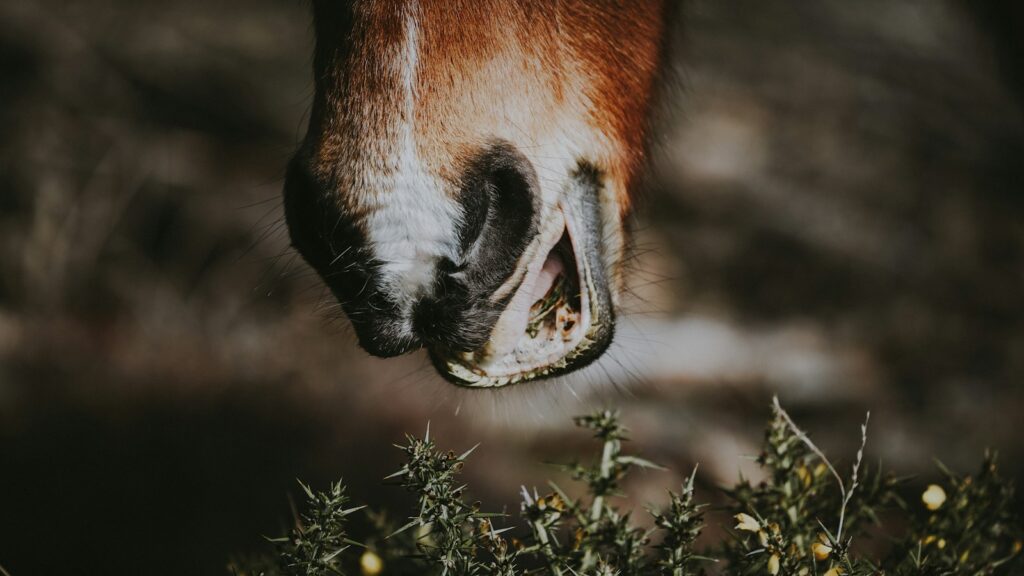
Supplements should be viewed as additions to an already balanced diet rather than replacements for proper nutrition. For horses in light work, common beneficial supplements might include omega-3 fatty acids for inflammation management, joint supplements for older horses or those with early arthritic changes, or specific vitamin/mineral supplements to address regional soil deficiencies. Avoid supplement stacking or providing multiple products with overlapping ingredients, which can lead to nutrient imbalances or excesses. Before adding any supplement, analyze your horse’s current diet using nutritional software or consult with an equine nutritionist to identify genuine deficiencies. Remember that even horses in light work may benefit from electrolyte supplementation during hot weather or when sweating increases.
Monitoring and Adjusting Weight
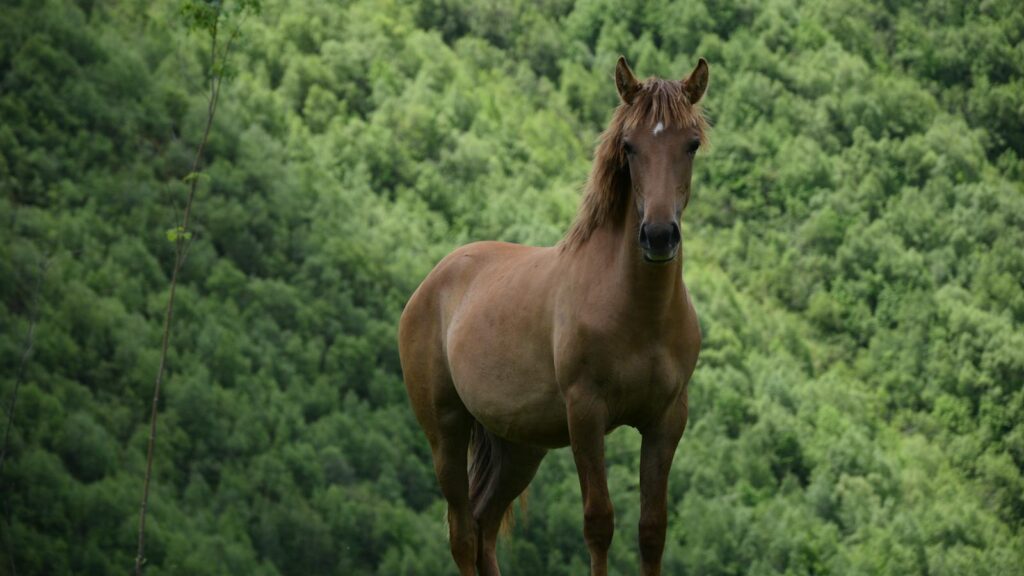
Regular weight monitoring is essential for maintaining optimal condition in horses performing light work. Use a weight tape at least monthly, always measuring at the same time of day for consistency, and record the results to track trends over time. Weight fluctuations of 50-75 pounds can be significant for horses and may warrant feeding adjustments. When weight loss is needed, reduce calories gradually by approximately 10% at a time, primarily from concentrates while maintaining adequate forage for gut health. For weight gain, similarly increase calories gradually, focusing first on forage quality and quantity before adding concentrates. Remember that weight changes should occur slowly, ideally no faster than 0.5-1% of body weight per month, to protect metabolic health and avoid digestive disturbances.
Creating a Feeding Schedule

Consistent feeding schedules support digestive health and psychological well-being for horses in any work category. Aim for a minimum of three small meals daily if feeding concentrates, with no more than 0.5% of body weight (approximately 5 pounds for a 1,000-pound horse) of concentrates per feeding to reduce glycemic response and minimize digestive upset. When possible, feed concentrates after forage or mixed with chopped forage to slow consumption and improve digestive safety. Schedule meals so that horses never go more than 6-8 hours without forage, ideally providing constant access to hay or pasture. For horses that bolt their feed or experience digestive sensitivity, consider slow feeders, grazing muzzles, or adding large smooth stones to feed buckets to slow consumption rate.
Common Feeding Mistakes to Avoid
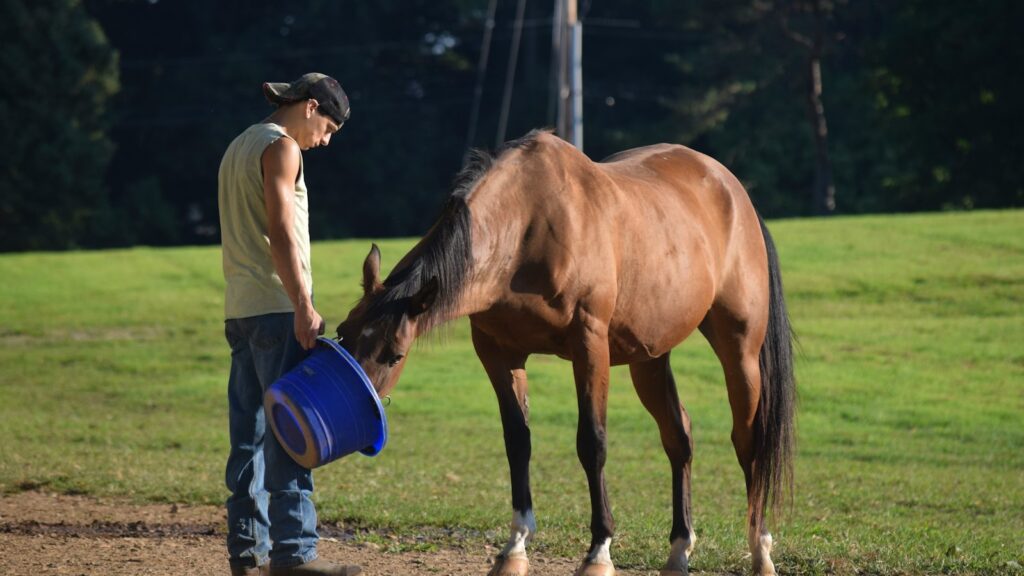
Several feeding errors are particularly common when managing horses in light work. Overfeeding concentrates represents perhaps the most frequent mistake, providing excess calories and starch that can lead to weight gain, increased excitability, and potential metabolic issues. Another common error is underestimating the nutritional value of good pasture, which can provide substantial calories during peak growing seasons. Inadequate forage is equally problematic, as horses require a minimum of 1% of body weight in forage daily for digestive health. Abrupt dietary changes should always be avoided, as the equine digestive system requires 7-14 days to adjust to new feeds. Finally, failing to adjust feeding based on individual metabolism leads many lightly worked horses to become overweight, as standardized feeding charts cannot account for variations in individual efficiency and metabolism.
When to Consult a Professional
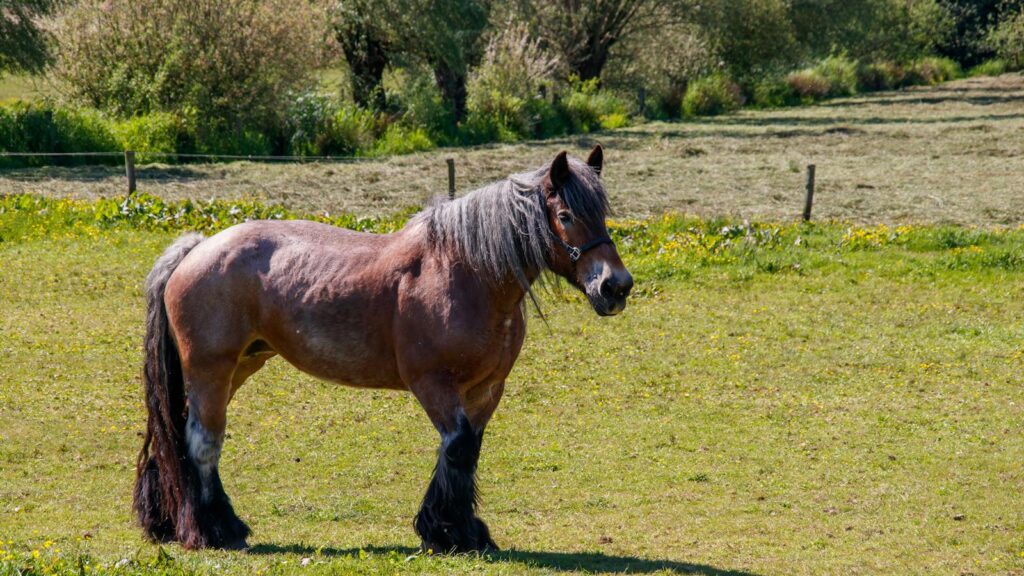
While the principles outlined here apply to most horses in light work, certain situations warrant professional nutritional consultation. Horses with medical conditions such as insulin resistance, PPID (Cushing’s disease), equine metabolic syndrome, or PSSM benefit from specialized nutrition plans developed by professionals. Senior horses or those recovering from illness or injury also have unique requirements that may not be addressed by standard feeding recommendations. Performance issues, unexplained weight fluctuations, digestive problems, or behavioral changes despite appropriate feeding practices indicate a need for expert guidance. An equine nutritionist or veterinarian can analyze your current feeding program, identify potential imbalances, and develop a customized plan tailored to your horse’s specific needs and health status.
Conclusion

Feeding horses for light work requires finding a delicate balance between providing sufficient nutrition without excess calories. By understanding your horse’s true workload, assessing their body condition regularly, and focusing on quality forage as the foundation of their diet, you can develop an effective feeding program that maintains optimal health and supports their activity level. Remember that individual variations in metabolism, environment, and health status necessitate a personalized approach rather than strict adherence to generalized feeding charts. With careful monitoring and willingness to make appropriate adjustments, you can keep your lightly worked horse in ideal condition year-round, setting the foundation for their continued well-being and performance.

